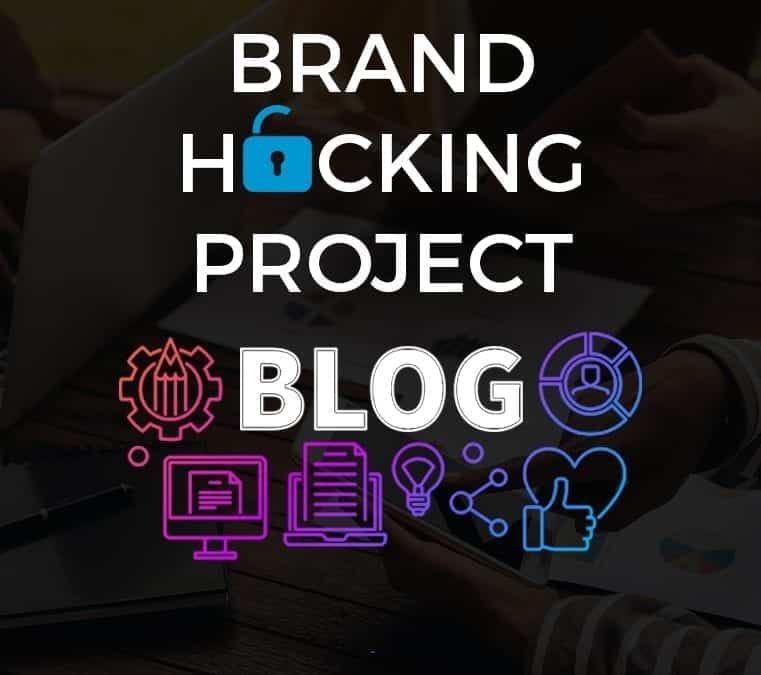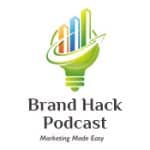Welcome back to the Brand Hacking Blog Series! This marks the 4th blog in our series as we educate our students via the Brand Hacking Project. The project itself is built around 5 modules, not including a welcome and final assignment. Each month, we’ll blog about the major topics covered in the course. For now, we’ll discuss targeting your ideal customers and best practices.
Customers Are (All Part Of) The Plan
In part one of our Brand Hacking Blog Series, we discussed the importance of goal-setting and having an actionable business plan. As a business owner, you must know who your customers are. Within that business plan we discussed, it’s critical to know whom you will be marketing to. Despite you having an amazing and life-changing product sold in stores, not everyone is going to buy. Are your customers young? Old? Male? Female? So … how exactly do you know who your customers are?
The more you know about them, the more effective your marketing and sales efforts will be. It’s well worth investing time and energy to find out:
- WHAT they purchase
- WHO they are
- WHY they purchase
Are you selling to other businesses? If so, you need to know which individuals are behind the decision to buy your services or products. You can learn quite a bit about your customers by talking to them. Ask them why they’re buying (or not buying) and what they want to buy in the future.
Unique Sales Proposition
Every business needs a reason for their customers to buy their products/services and not turn to their competitor. This reason is known as a Unique Sales Proposition or “USP” for short. Your USP can be identified by the phrase: “My customers will turn to me because my business is the only …” You can change your USP as your business or your market changes, and you can even have multiple USPs for various types of customers.
For example:
- A store could offer free delivery to their business customers within the local area – an effective USP for businesses in need of fast delivery.
- That same store could offer a 10% discount to customers who spend over a thousand dollars a month – a great USP for cost-conscious customers.
Always step back and review your USPs on a regular basis. Would you be able to tailor your services or products to better match the needs of your customers? You should ask your customers why they buy from you in the form of surveys, reviews, etc. Check with your competition and see what they’re doing. Whether it’s subtle or direct is up to you. One way or another: find out!
Meet Your Customer’s Current Supplier
Chances are: your potential customer is buys a similar product/service from another business. Before you reach out to that potential customer and make that sale your own, you need to know:
- Is that customer satisfied with their current supplier?
- Who is the customer’s current supplier? What are they doing that you’re not?
- Would buying from you be beneficial? If so, what are those benefits?
The easiest way to identify your potential customer’s current supplier is to ask. Most people don’t mind sharing this information. If you can discover the benefits they’re seeking, you’ll have a better chance of selling your products/services to them. The benefits could be related to levels of service or to the price.
Things You Should Know About Your Customers
What They Do—You definitely need to know what they do, especially if you’re selling directly to individuals. Knowing their occupations and interests won’t hurt. If you’re selling to other businesses, it will help if you have an understanding of what those businesses are trying to achieve.
Who They Are—If you’re selling directly to individuals, knowing their gender, age, occupation, and marital status will help you. If you’re selling to other businesses, find out the type of business and their size. For example, are they a big multinational or are they a private company?
Why They Buy—Knowing why a customer purchases a service or product makes it easier to match their needs to the benefits your company is capable of offering.
Times of Purchase—If you were to approach someone at the same time they want to buy, your chances of getting the sale will increase.
Their Budget—If you want to earn business, you need to understand their budget. You can match what you’re offering to what your customer can afford.
Purchasing Habits—For example, some people prefer buying products/services face to face, while others prefer making purchase via a website.
There’s much more where audience and customer development comes from… If you’re interested in reserving a seat in our Brand Hacking Project class, click the RESERVE button below!
In just 7 SHORT WEEKS, you will build a solid brand and marketing strategy to catapult your business revenue. Gain knowledge on logo design, media strategy, and marketing channels. Learn how to better stretch your marketing dollars. Apply the tools to measure your success! Each module is designed to provide basic to intermediate knowledge of branding and marketing essentials. Use the knowledge you’ve gained to complete the weekly assignments.
Thank you for your attention!




Recent Comments